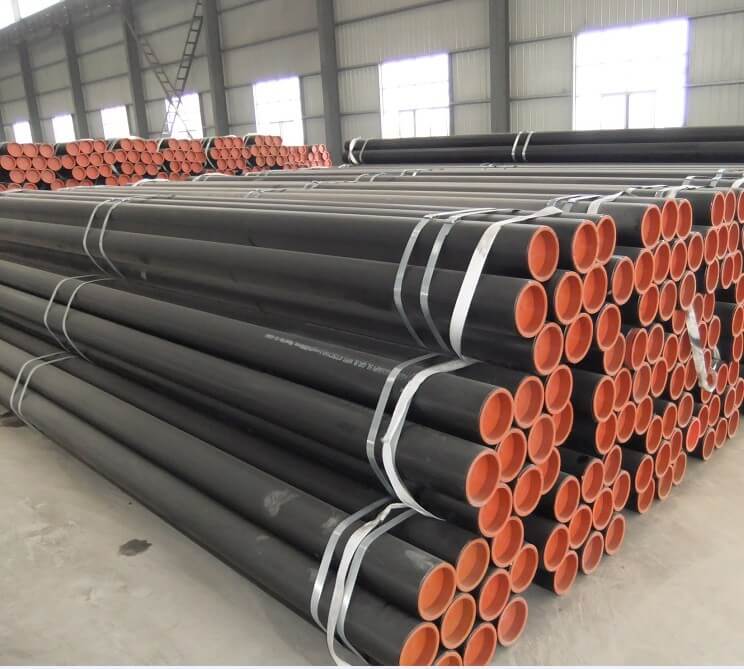-
Cangzhou Yulong Steel Co., Ltd.
-
Phone:
+86 13303177267 -
Email:
admin@ylsteelfittings.com
- English
- Arabic
- Italian
- Spanish
- Portuguese
- German
- kazakh
- Persian
- Greek
- French
- Russian
- Polish
- Thai
- Indonesian
- Vietnamese
- Zulu
- Korean
- Uzbek
- Hindi
- Serbian
- Malay
- Ukrainian
- Gujarati
- Haitian Creole
- hausa
- hawaiian
- Hebrew
- Miao
- Hungarian
- Icelandic
- igbo
- irish
- Japanese
- Javanese
- Kannada
- Khmer
- Rwandese
- Afrikaans
- Albanian
- Amharic
- Armenian
- Azerbaijani
- Basque
- Belarusian
- Bengali
- Bosnian
- Bulgarian
- Catalan
- Cebuano
- China
- China (Taiwan)
- Corsican
- Croatian
- Czech
- Danish
- Esperanto
- Estonian
- Finnish
- Frisian
- Galician
- Georgian
- Kurdish
- Kyrgyz
- Lao
- Latin
- Latvian
- Lithuanian
- Luxembourgish
- Macedonian
- Malgashi
- Malayalam
- Maltese
- Maori
- Marathi
- Mongolian
- Myanmar
- Nepali
- Norwegian
- Norwegian
- Occitan
- Pashto
- Dutch
- Punjabi
- Romanian
- Samoan
- Scottish Gaelic
- Sesotho
- Shona
- Sindhi
- Sinhala
- Slovak
- Slovenian
- Somali
- Sundanese
- Swahili
- Swedish
- Tagalog
- Tajik
- Tamil
- Tatar
- Telugu
- Turkish
- Turkmen
- Urdu
- Uighur
- Welsh
- Bantu
- Yiddish
- Yoruba

Nov . 02, 2024 21:36 Back to list
blank flange
Understanding Blank Flanges Purpose and Applications
Blank flanges, also known as blind flanges, serve a unique and vital role in piping systems and industrial applications. Unlike standard flanges that connect two sections of piping or equipment, blank flanges are used to close the end of a piping system. This quality makes them essential components in various scenarios where a secure and leak-proof seal is critical.
One of the primary functions of a blank flange is to facilitate maintenance and system testing. When a section of a pipe needs to be isolated for repairs or inspections, a blank flange can easily cap off the end, preventing the flow of fluids and allowing technicians to safely work on the system. This capability is especially crucial in industries such as oil and gas, chemical, and water treatment, where even minor leaks can lead to significant safety hazards and economic losses.
Furthermore, blank flanges also aid in the design flexibility of piping systems
. During the initial phases of construction or installation, engineers might plan for future expansions or changes in the system. By incorporating blank flanges, they can leave the option open to add additional pipe runs or connections later on without significant alterations. This future-proofing aspect enables companies to adapt to changing operational needs without incurring hefty costs.blank flange

The materials used for blank flanges vary widely, depending on the application and the operating conditions they must withstand. Common materials include carbon steel, stainless steel, and even plastic in certain scenarios. Choosing the right material is critical, as it must be compatible with the fluids it will encounter and capable of withstanding the necessary pressure and temperature requirements. Additionally, proper sealing techniques should be employed between the blank flange and the mating surface to ensure an airtight closure.
Blank flanges come in various sizes and pressure ratings, making it important for engineers and designers to select the appropriate specifications for their intended use. Common standards for blank flanges include ANSI, ASME, and DIN, which dictate dimensional and performance criteria to ensure interoperability within different systems.
In conclusion, blank flanges are indispensable components in the world of piping and fluid management. Their ability to securely seal pipe ends not only promotes safety and system integrity but also allows for flexibility in design and future expansions. With the right material selection and installation practices, blank flanges can significantly enhance the efficiency and reliability of various industrial systems. As industries continue to evolve, the importance of such simple yet effective tools will only grow, making them a fundamental aspect of modern engineering.
Latest news
-
ANSI 150P SS304 SO FLANGE
NewsFeb.14,2025
-
ASTM A333GR6 STEEL PIPE
NewsJan.20,2025
-
ANSI B16.5 WELDING NECK FLANGE
NewsJan.15,2026
-
ANSI B16.5 SLIP-ON FLANGE
NewsApr.19,2024
-
SABS 1123 FLANGE
NewsJan.15,2025
-
DIN86044 PLATE FLANGE
NewsApr.19,2024
-
DIN2527 BLIND FLANGE
NewsApr.12,2024
-
JIS B2311 Butt-Welding Fittings LR/SR 45°/90° /180°Seamless/Weld
NewsApr.23,2024











